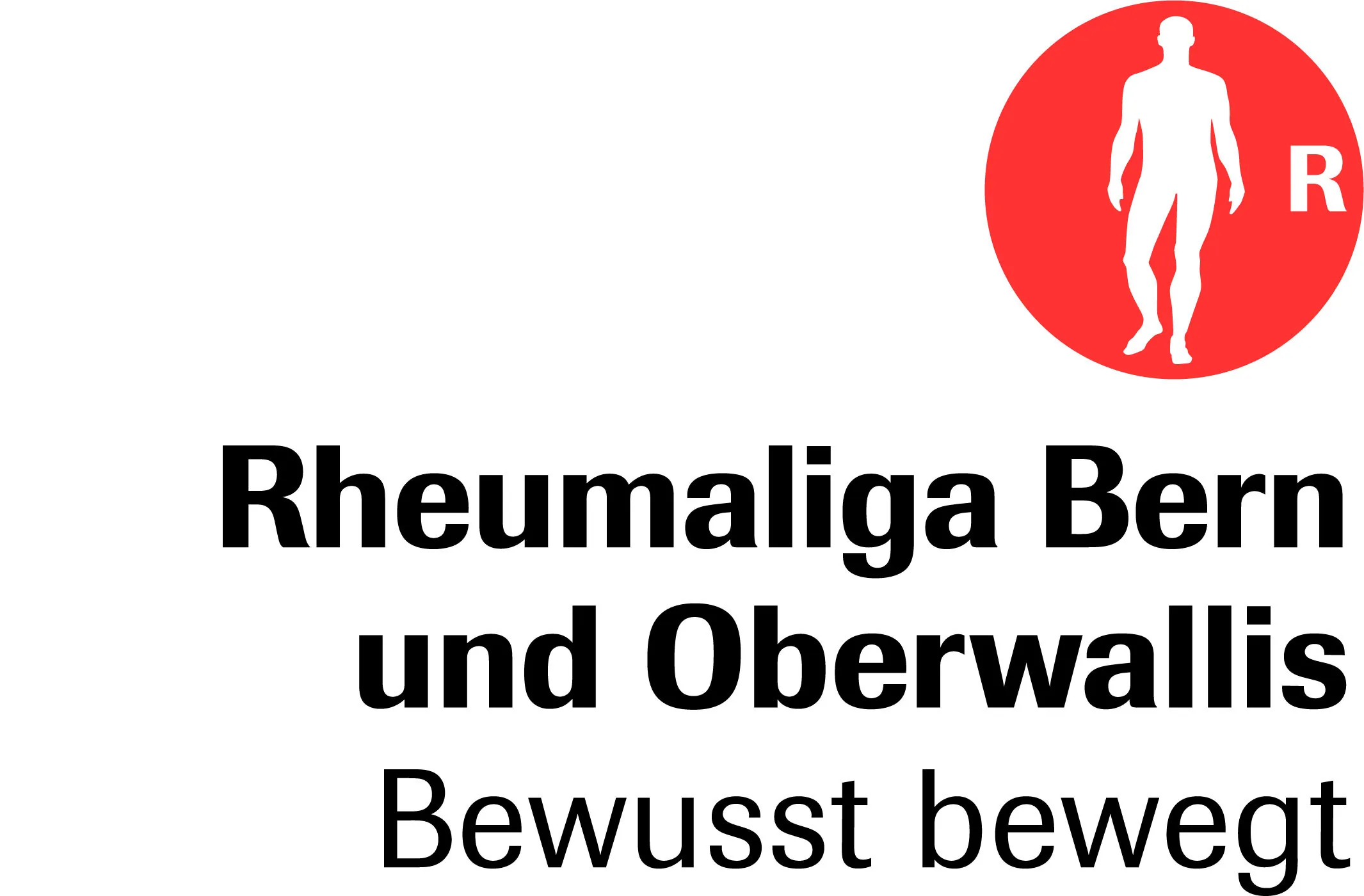
Osteoporosis:
symptoms, treatment, chances of recovery
People with osteoporosis suffer from bone loss, which affects the entire skeleton. The bones become porous and brittle. Osteoporosis begins without any symptoms. In the advanced stages of the disease, even normal everyday activities can lead to bone fractures. In Switzerland, some 20% of women and 7% of men over the age of 50 suffer from osteoporosis – that’s around 400,000 people in total. However, there are good treatment options and measures that can prevent bone loss.
In osteoporosis, the bones become more and more brittle over time. Normally, the body builds up bone mass steadily until about the age of 35. Only then, as part of the normal ageing process, does bone loss begin – it amounts to about 1% per year. In osteoporosis patients, the rate of loss is much higher, at up to 6%.
Lack of exercise or an incorrect diet with too little calcium and proteins increases the risk of bone breakdown. Serious diseases such as chronic bowel conditions (e.g. Crohn’s disease) or the intake of certain medications (e.g. cortisone) can also promote the development of osteoporosis.
Because osteoporosis is symptom-free for years, diagnosis is often made very late. The following symptoms may indicate bone loss:
- Back pain
- Pain in the legs and knees
- Increasing curvature of the spine
- Formation of a hump
- Decreasing height (often more than 3 centimetres)
- Spontaneous bone fractures that occur without an obvious cause and without major force
Although osteoporosis cannot be completely cured, treatment can have a big impact. In addition to non-drug-based therapy, a range of medication-based options is also available:
- Cold and heat treatments and massages have a relaxing effect.
- Corsets can provide stability in the event of vertebral fractures.
- Ibuprofen, acetylsalicylic acid or diclofenac reduce pain.
- Opiates help with very severe pain.
- Bisphosphonates reduce excessive bone degradation.
- Selective oestrogen receptor modulators (SERMs) help to preserve bone mass.
- Vitamin D supports the absorption of calcium and promotes its incorporation into the bones.
- Teriparatide promotes bone growth by stimulating the activity of osteoblasts (bone cells responsible for bone regeneration).
- Denosumab inhibits the breakdown of bone-degrading cells (osteoclasts).
- Surgery may also be necessary, for example in the case of fractures to vertebrae or other bones.
The risk of developing osteoporosis is increased by both uncontrollable and controllable factors.
Uncontrollable factors
About one in two women and one in five men face fractures due to osteoporosis as they age. Women are affected much more often due to falling oestrogen levels on entry into the menopause and because their average peak bone mass is lower than that of men.
Osteoporosis occurs in clusters in some families. Experts therefore assume that genetic factors make the disease hereditary.
Factors that can be influenced
Doing plenty of exercise stimulates bone development. Smoking, alcohol and coffee have a negative effect on the bones. Make sure you eat a healthy diet with sufficient calcium and vitamin D.
Your weight should be in the normal range. People who are underweight over a long period of time are at risk of a reduction in bone density. Being overweight can lead to numerous secondary conditions (e.g. type 2 diabetes), which also increase the risk of developing osteoporosis.
A much rarer form of the disease, secondary osteoporosis occurs as a result of other diseases and their treatment – e.g. with medications such as cortisone, antiepileptics or heparin.
Secondary osteoporosis is also caused by:
- Malignant tumours
- Hormone-related diseases
- Gastrointestinal diseases
- Endocrinological (hormonal) diseases
- Inflammatory rheumatic diseases
- Kidney disease
The earlier osteoporosis is detected, the more effectively it can be stopped. Basic osteoporosis diagnostics include:
- Medical history: the patient’s medical history is discussed. What risk factors for osteoporosis does the patient have? Has he or she suffered spontaneous bone fractures or pain?
- Physical examination: a doctor sometimes checks mobility.
- Bone density (osteodensitometry) is measured using dual X-ray absorptiometry (DEXA).
- X-rays can be used to detect any fractures.
- Blood tests are used to determine calcium levels, for example.
In addition to basic diagnostics, further examinations such as computed tomography (CT) or magnetic resonance imaging (MRI) may be necessary to take a closer look at bone fractures.
Basic diagnostics are recommended for all women and men beginning at the age of 70.
Talk to a specialist about the best way to take preventive measures.
Increase your life expectancy and quality of life with the right nutrition. Reducing your consumption of phosphate-containing products and fast food will help to keep your bones strong. You can also get useful tips from self-help groups. In all cases, it is important to talk to a healthcare professional at an early stage about treating osteoporosis.
For more information and support services, please visit:
- Informationen zu Osteoporose unter Rheumaliga.ch, unter: https://www.rheumaliga.ch/assets/doc/ZH_Dokumente/Broschueren-Merkblaetter/Krankheitsbilder/Osteoporose.pdf (Abrufdatum 28.10.2022)
- Informationen zu Osteoporose unter Deximed, unter:
- https://deximed.de/home/klinische-themen/endokrinologie-stoffwechsel/krankheiten/knochen-und-vitamin-d/osteoporose#allgemeine-informationen-definition (Abrufdatum 31.10.2022)
- Leitlinie "Prophylaxe, Diagnostik und Therapie der Osteoporose" des Dachverbands der Deutschsprachigen Wissenschaftlichen Osteologischen Gesellschaften e.V. (Stand 2019):
- https://www.awmf.org/uploads/tx_szleitlinien/183-001l_S3_Osteoporose-Prophylaxe-Diagnostik-Therapie_2019-02.pdf
- https://www.diabetesde.org/pressemitteilung/diabetes-knochenstoffwechsel-osteoporose-vorbeugen-fruehzeitig-erkennen-behandeln
- Selbsthilfegruppe OsteoSwiss: www.osteoswiss.ch/de/selbsthilfe (Abrufdatum 31.10.2022)



